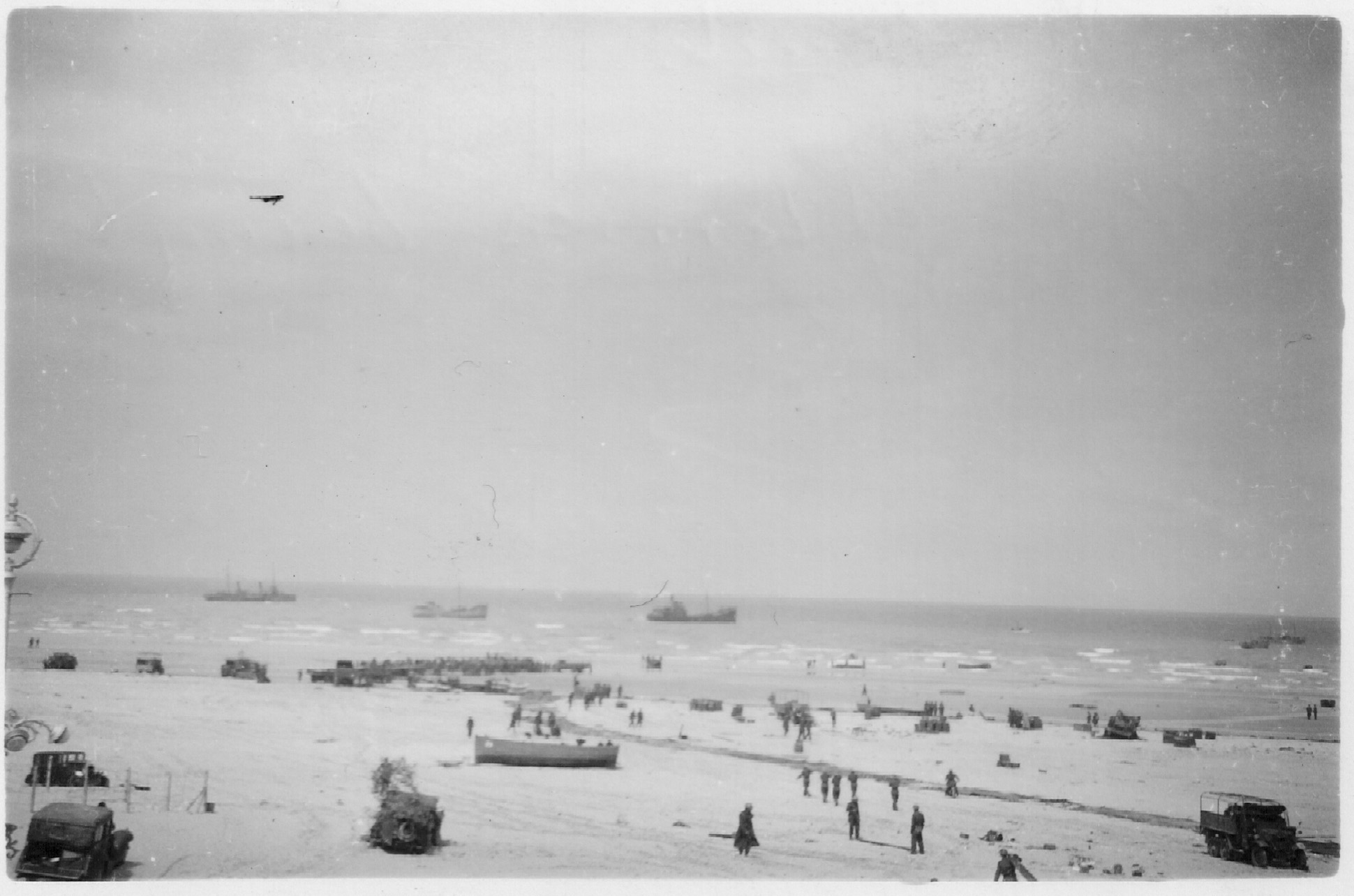












Officers’ Mess
Chiseldon Camp
TELEPHONE CHISELDON 240
June 4th 1940
Dear Daddy,
As I expect Mum has told you, I got home on Wednesday evening. We disembarked at
Sheerness, and came straight up here, arriving at 4 a.m. on Thursday.
I managed to get 48 hrs leave on Saturday, and was home all Sunday; however it was
quite unofficial, and I hope to get a week when we have reformed.
At the moment everything is upside down. Up here, we have two officers & 80 men
from the Company, the rest being split up in several places somewhere in England.
Any day now, we will move to a Corps troops reforming area, and when sorted out,
will, I hope, get some leave.
Last Monday week, we marched over 30 miles to our embarkation point, near Dunkirk.
We left at 6.45 p.m. on Monday, and arrived on the coast at 6.15 a.m. on Tuesday,
having marched almost continuously. Some of the men were in a very bad way, as
they had not marched at all for six months – too much M.T.! However, my section
was only one short when we arrived.
Of course, we all lost our kit – except what we could carry. I thought of your telling
me to expect to lose things in war! I know what to take abroad now: I had not
opened my valise once while I was in France. The kit I used was: my washing things
stowed in your leather-covered basin, which was invaluable, and my suitcase, with,
sleeping bag, spare clothes, and necessary oddments, books, etc.
On Tuesday evening the Navy arrived. About six o’clock, twelve destroyers steamed up,
and anchored off the beach. We started embarking at nine o’clock. We had to wade in
up to our chests, and I, in the last boat but one, did not get aboard until one in
the morning. The Captain of our destroyer gave myself & the other officer – our 2nd i/c –
the full use of his cabin, a hot bath, and a bottle of whisky. Heaven!
Our work during the weeks in Belgium was, of course, almost entirely demolitions; they
were usually done in a great rush, but always successful, and great fun. The
experience gained has been simply enormous.
Really, I thoroughly enjoyed the whole time. We were always busy, and any job was
new and interesting. I have yet to see a Bosch anywhere but in an aeroplane!
We saw rather too many of them. So far as I know, we had no casualties at all in
the Company, unless they happened in the last two days.
I hope to see you soon. If I get a week’s leave, & you cannot get home, I could come up
to Lincoln.
With love, from Peter

Last updated on 11th March 2017